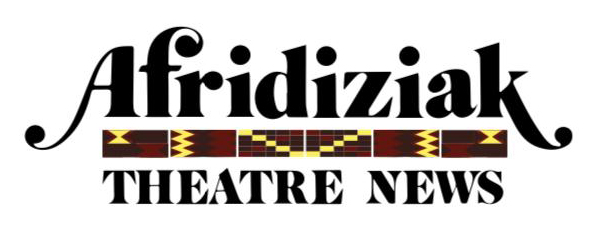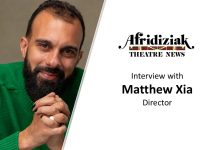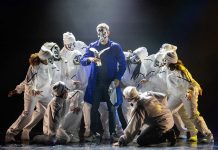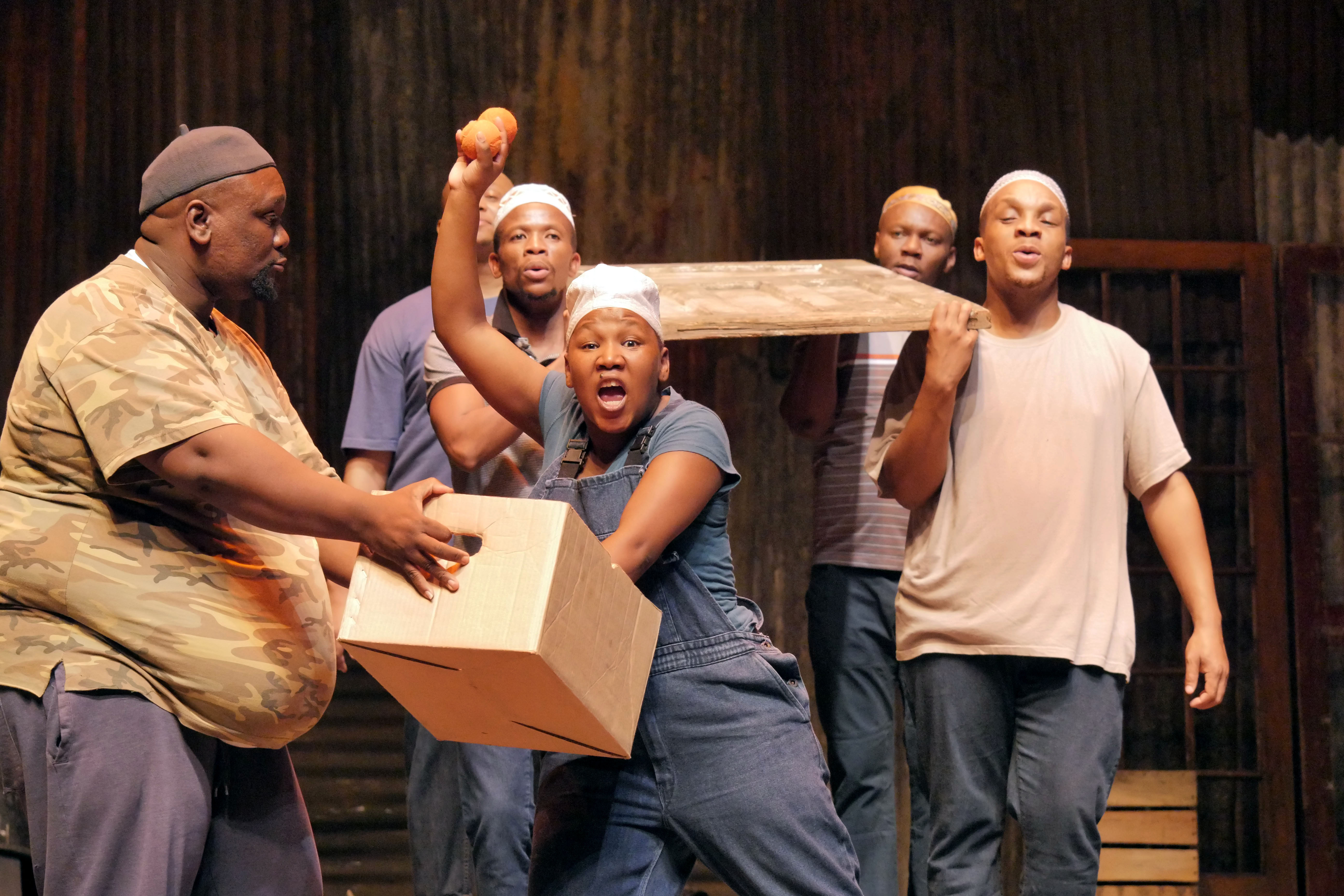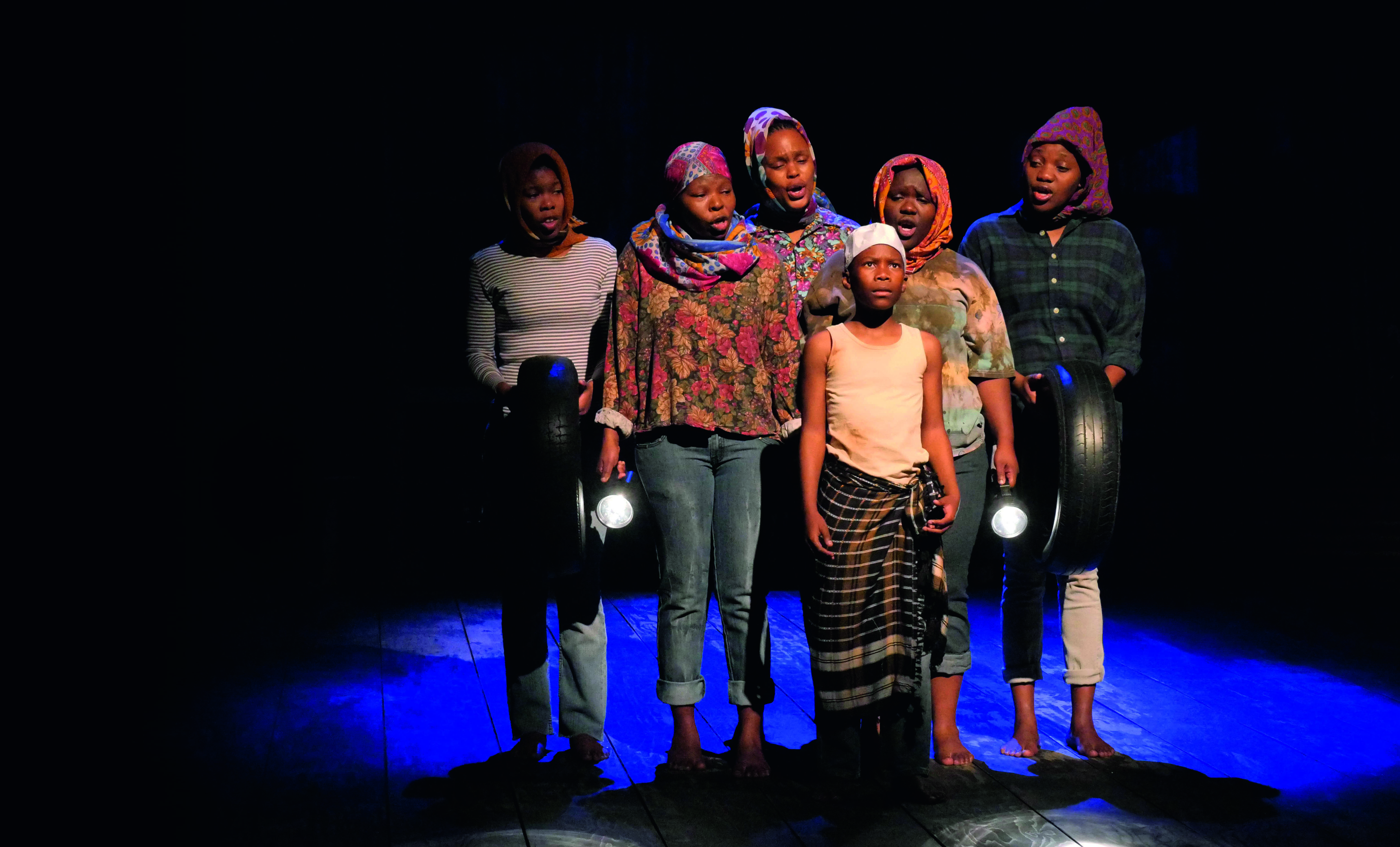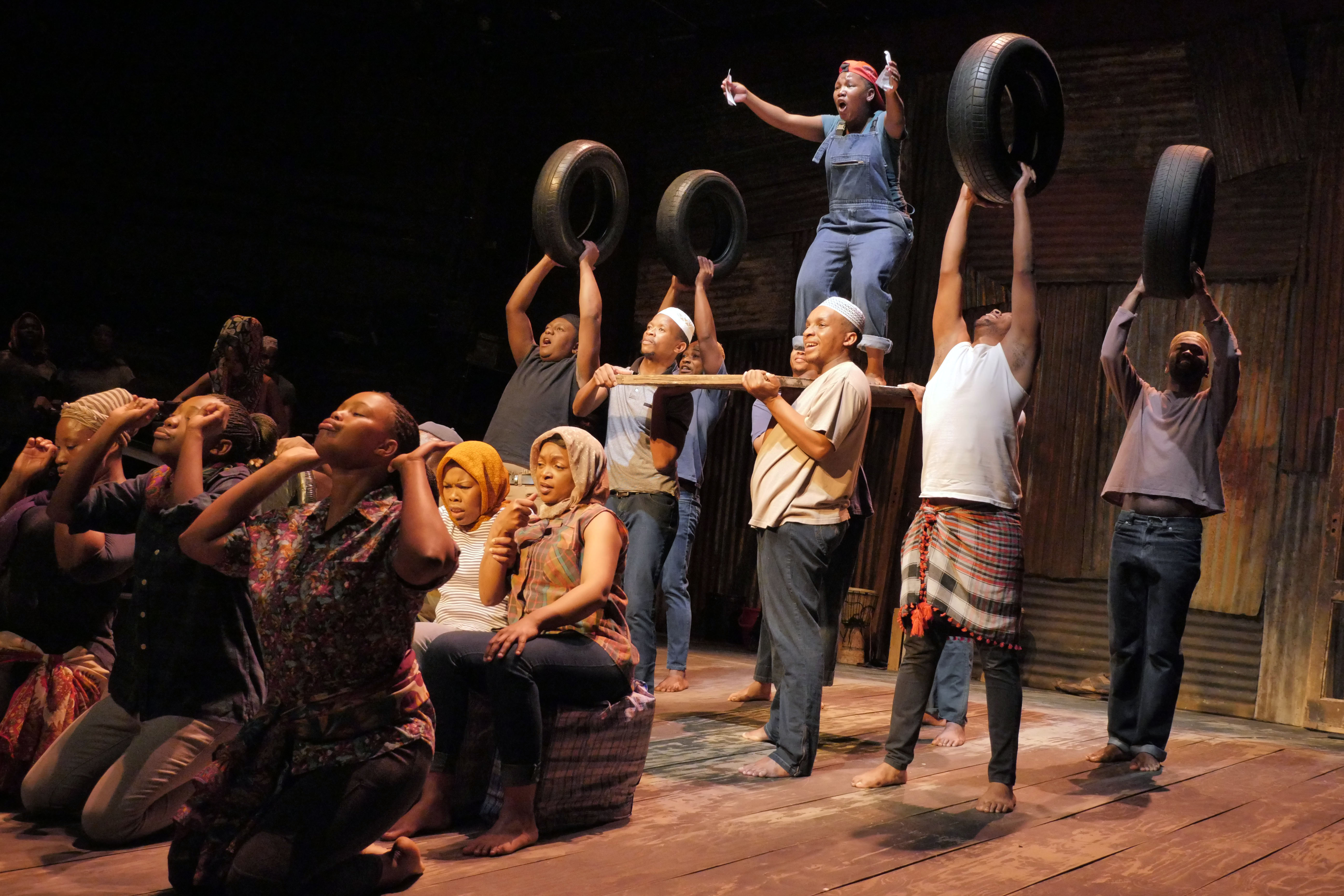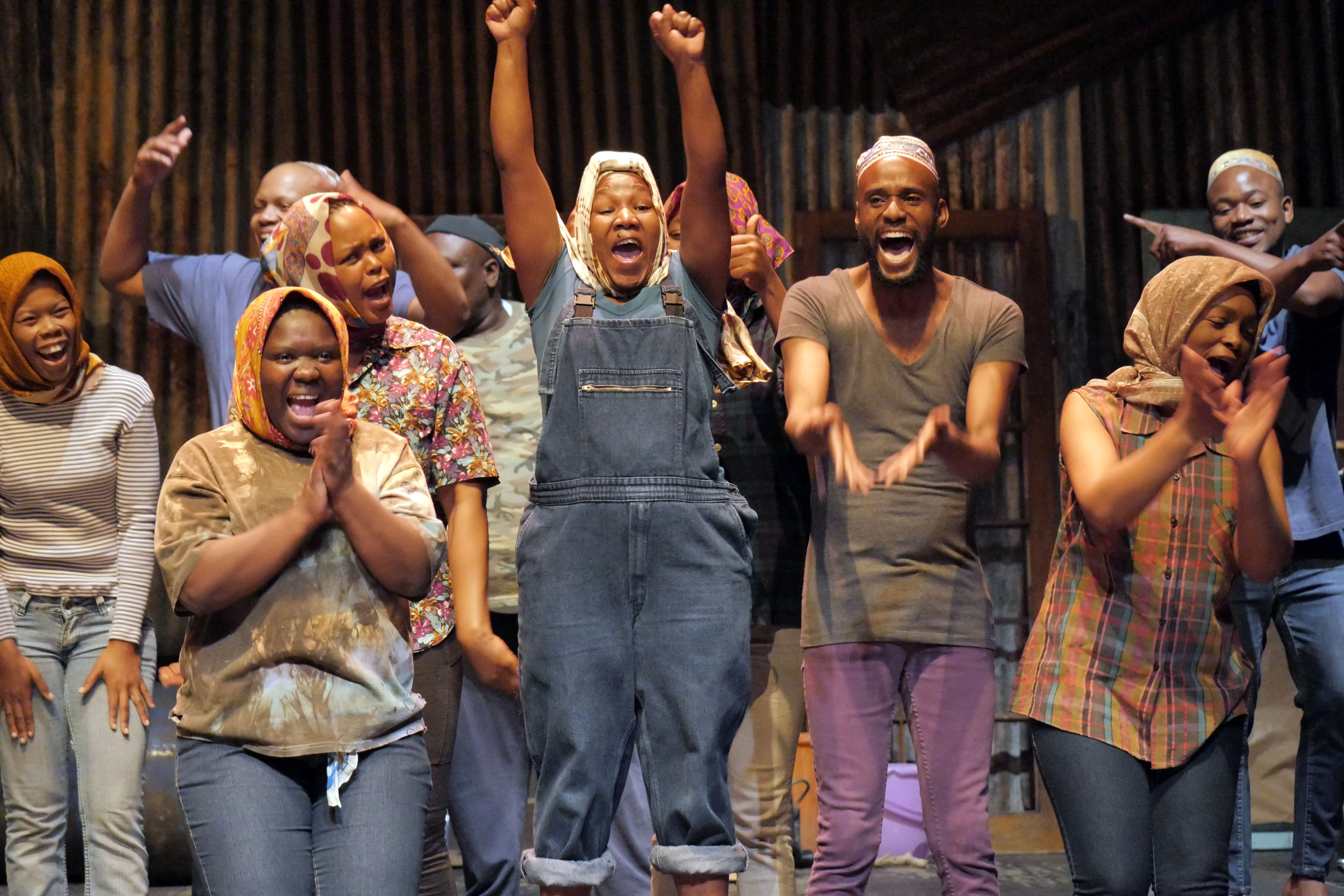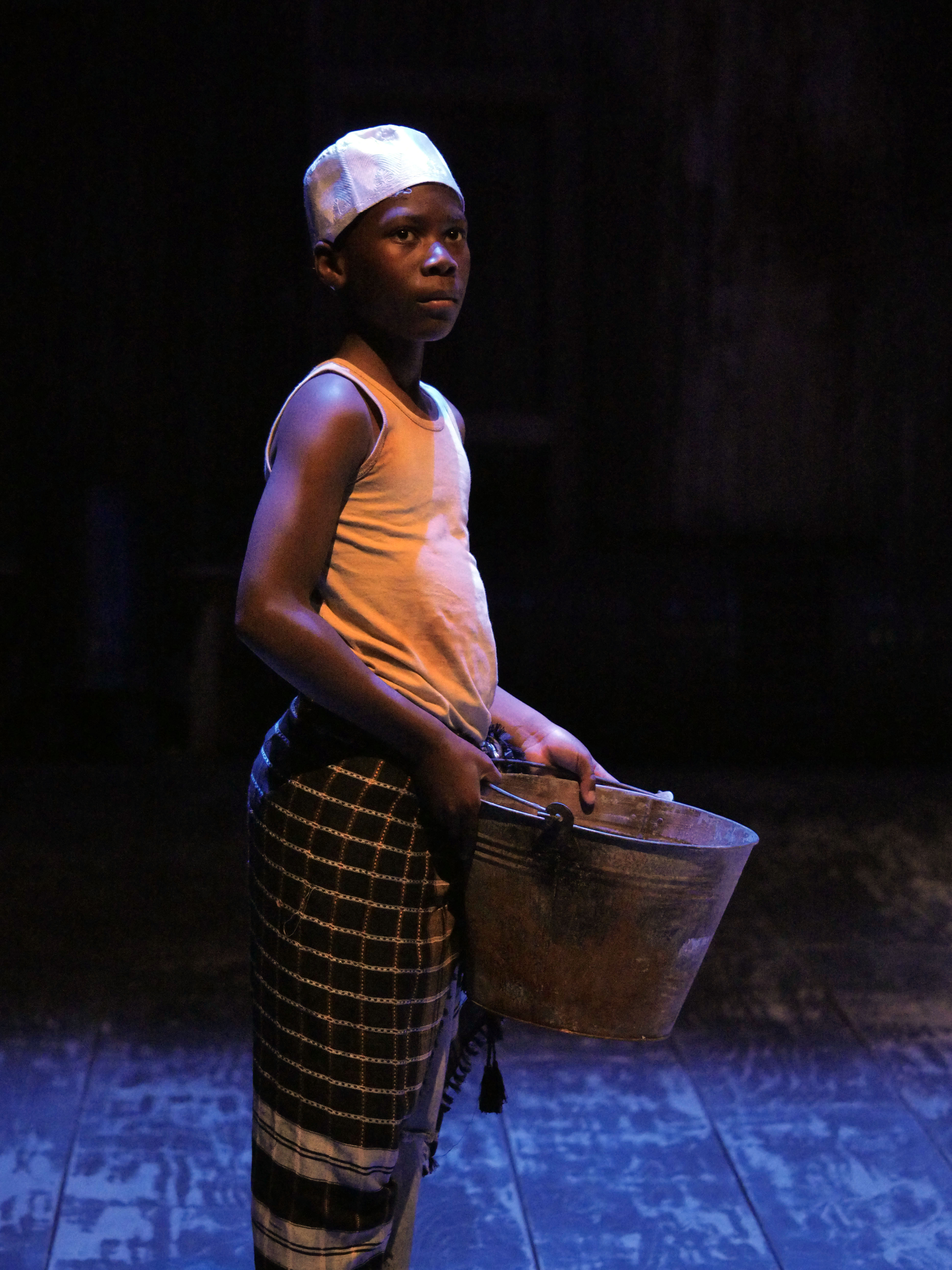The performance starts with the 23-strong ensemble strolling around, and ‘chatting’ amiably on the heavily raked stage. Suddenly the lights go down, and the cast shift to either side of the stage, taking up positions behind various-sized marimbas (a kind of wooden xylophone). At a signal, from the one man left standing alone in the middle of the stage, an instrumental begins.
the show is vibrant and persuasive, and the talented, committed cast share enough of themselves and their talent to express a broad spectrum of humanity
The piece starts a-rhythmically, before exploding – in a 6/8 time signature – into a joyous cascade of melody, percussion and un-choreographed dance.
As the musical piece ends, the conductor takes on the role of narrator/ensemble actor; his in-car discussion with protagonist Asad – fraught with the fear of an impending car-jacking – bookending the show itself.
In between is a ‘township Opera’; a no-frills staged presentation of Jonny Steinberg’s eponymous book, charting the true story of a young refugee’s journey through sections of Africa.
Starting from the death of his mother (as an 8-year-old), it charts his odyssey from war-torn Somalia, though Kenya, Tanzania, Zimbabwe, and South Africa, and his attempts to enter the ‘holy grail’ of the disaffected traveller: the United States of America.
It highlights the many people he has lost – or lost contact with – along the way (mothers, cousins, uncles, friends, wives, etc.), as well as those he gained (cousins, uncles, friends, wives, etc.).
It charts many of the injustices, prejudices and unfair treatments within the African diaspora – the justifications often sounding eerily similar to those we hear in (so-called) Western society (e.g. ‘these Somalis coming here, taking our jobs, our women…’).
Of course, there can be no justification for some of the atrocities meted out in the name of tribal or clan affiliation (e.g. indiscriminate murder, torture…tyre necklaces); thankfully, these are merely alluded to in this piece.
Conversely, a celebration of community – and the ‘milk-of-human-kindness’ – is fully on display here.
The moments of humour, kindness, courage and resolve – as well as the music and dance – offsetting the tales of robbery, murder, bribery, corruption…and female genital mutilation.
Highlighting the many issues that cause local and global division (i.e. language, various caste systems, borders, religion, geographical distance), this piece is a carefully calibrated reminder that ‘Africa’ is not one homogenous blob, but a large number of different countries; each with their own history, tradition, culture, religion, and social and ethical practices – a lot like ‘Europe’, really.
Siphosethu Hintsho is fabulous as the boy Asad – despite not being a virtuoso singer, his energy, physical dexterity and emotional commitment more than make up for this, as he confidently essays his character’s emotional journey.
The ensemble cast – some of whom are part-time performers – execute the opera-sections well enough; the three (and four) part harmonies cutting through strongly, especially those sung by the female sopranos.
Vocally, Thobile Dyasi is the standout; his wide bass-baritone cutting through almost effortlessly.
this piece is a carefully calibrated reminder that ‘Africa’ is not one homogenous blob
The Musical Direction from Pauline Malefane and Mandisi Dyantyis (also Conductor) is powerful and wonderfully calibrated; the use of the aforementioned marimbas, choral and solo vocals – as well as dustbins, pans, metals, whistling, and the floor – creating a percussive propulsion, and harmonic context that underpins the piece.
The staging is stripped back to resemble the corrugated shantytowns of Johannesburg and, as mentioned, the stage is bare and devoid of props – save for a few blankets, pieces of wood, cardboard boxes, pots and tyres brought on (and off) by the cast.
The the show is vibrant and persuasive, and the talented, committed cast share enough of themselves and their talent to express a broad spectrum of humanity.
